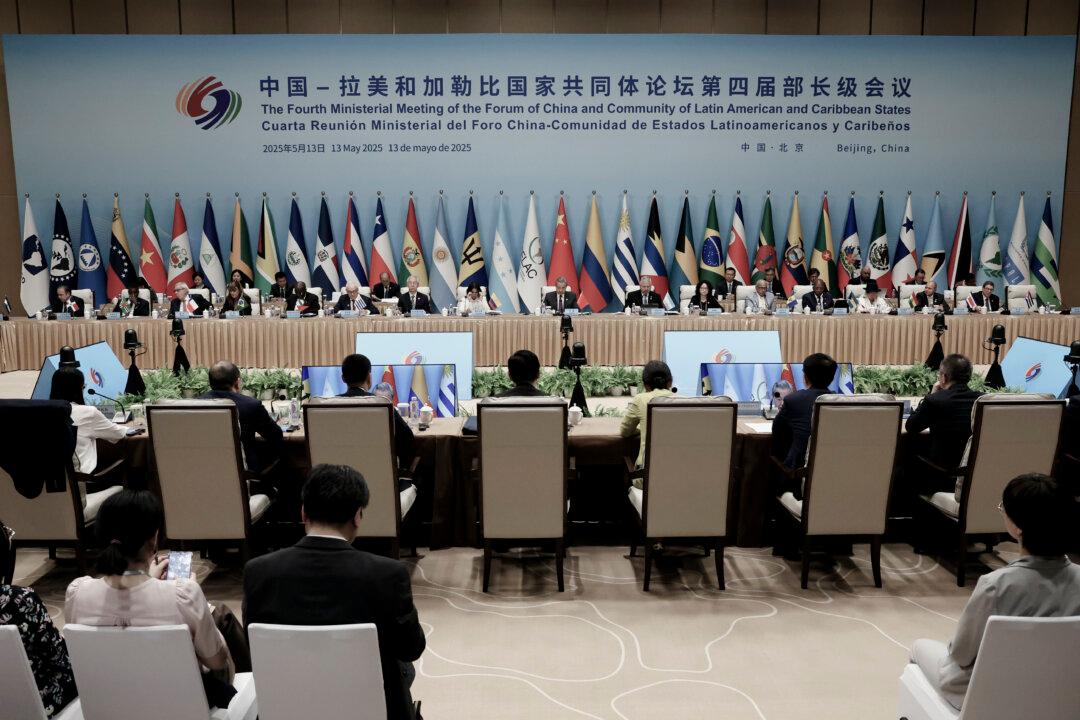Communist China is moving to strengthen its ties with Latin America, inking several new diplomatic and economic agreements with nations there in recent weeks.
Speaking at a forum for Chinese and Latin American leaders in Beijing earlier in May, Chinese Communist Party (CCP) leader Xi Jinping said his regime stood ready to “join hands” with Latin America through political, economic, and security exchanges.




